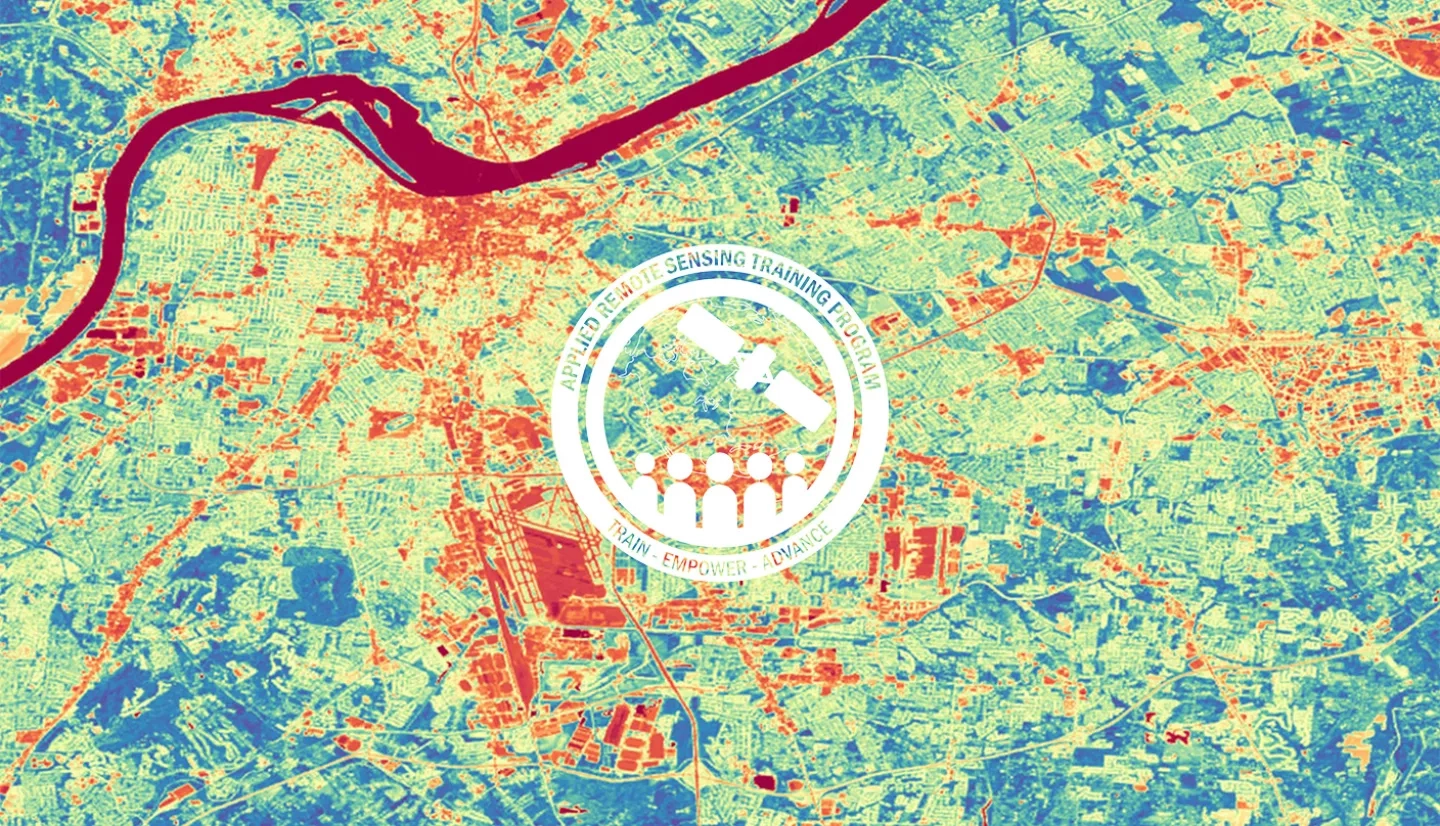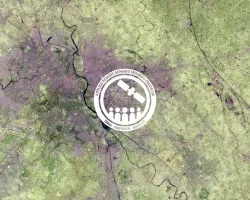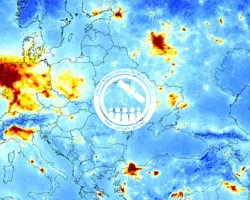Description
Structures such as buildings, roads, and other infrastructure absorb and re-emit the sun’s heat more than natural landscapes such as forests and water bodies. Urban areas, where these structures are highly concentrated and greenery is limited, become “islands” of higher temperatures relative to outlying areas. These pockets of heat are referred to as “heat islands.” The rapid growth of urban populations, the urban heat island effect, and increase in the frequency and duration of heat waves due to climate change, raise a series of issues about the increased health risks of sensitive urban populations to extreme heat and the effective means of mitigating the impacts of heat waves.
Remote sensing provides global, timely, objective observations to monitor the effects of urban heat islands (UHI) over time. Thermal mapping from satellites can be used to monitor land surface temperature (LST), while optical data collected from satellites can inform where and when land use and land cover have changed over time and can be used to approximate air temperatures. Once UHIs have been mapped, incorporating socioeconomic data pertaining to population, demographics, and health information into heat vulnerability indices (HVI) can help guide interventions to manage heat related risks to public health. This four-part, advanced webinar will build on ARSET’s urban heat island training held in November 2020 with hands-on exercises for participants to measure UHI and construct HVIs for their areas of interest.
This webinar series is a collaboration between NASA’s Applied Remote Sensing Training Program (ARSET) and the National Integrated Heat Health Information System (NIHHIS).
By the end of this training, participants will be able to:
- Define what an urban heat island is and why it matters to urban planners and public health experts
- Map land surface temperature from Landsat 4, 5, 7, 8, & 9 using Google Earth Engine and source complementary urban heat measurements
- Engage with local decision-makers to identify the socioeconomic inputs appropriate for constructing heat vulnerability indices
- Apply common techniques used to create heat vulnerability maps for an urban area of interest
Community, municipal, city, state, federal, and private institutions involved in urban planning, health care, energy supply and demand management, and climate mitigation.
- Four, one and a half-hour parts including presentations and question and answer sessions
- Identical sessions held in the morning and afternoon
- A certificate of completion will be provided to participants that attend all live webinars and complete all homework assignments
Presenters: Sean McCartney & Amita Mehta
- Overview of ARSET
- Background on UHI
- Demonstration of using Landsat LST and Aqua MODIS for measuring SUHI
- Lab time for participants to analyze LST and SUHI for their area of interest
- Question & Answer Session
Materials:
Presenters: Kathryn Conlon, Evan Mallen
- Review previous session and introduce guest speakers
- Introduction to common methods used to create heat vulnerability indices (HVI)
- Techniques for effectively using HVI results to inform exposure and mitigation efforts
- Case studies showing how heat vulnerability mapping informed urban planning
- Question & Answer Session
Materials:
Presenters: Kathryn Conlon, Evan Mallen
- Review previous session
- Demonstration on constructing HVI
- Lab time for participants to construct HVI
- Question & Answer Session
Materials:
Presenter: Cascade Tuholske
- Review previous session and introduce guest speaker
- Introduction to Wet Bulb Globe Temperature
- Overview of Global High Resolution Daily Extreme Urban Heat Exposure (UHE-Daily), v1 (1983 – 2016)
- Overview of Annual Global High-Resolution Extreme Heat Estimates, 1983-2016
- Jupyter Notebook Demonstration
- Questions and Answer Session
Materials:




